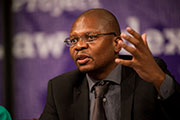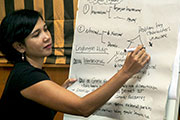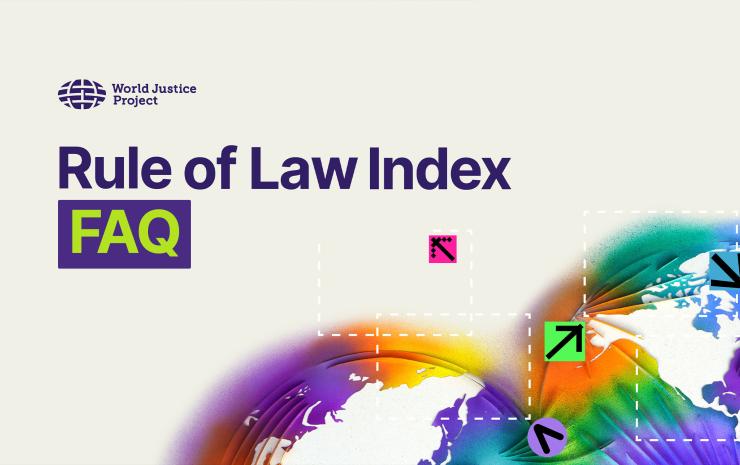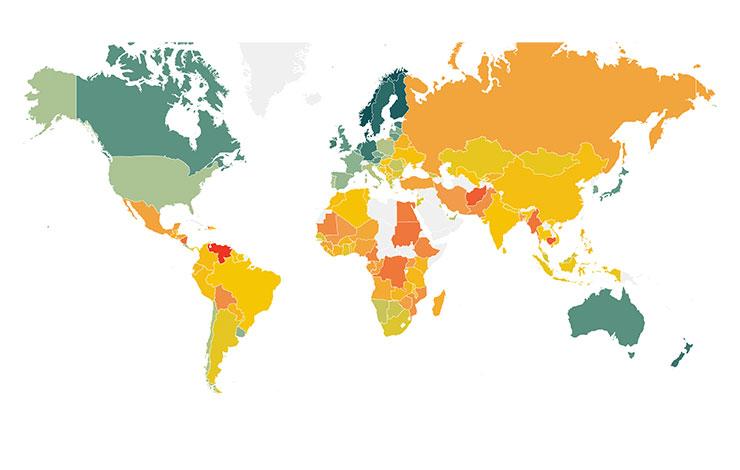
I would like to explore a new rule of law with you. A funny one. One that could confront you in the future (but you won’t know that until that future is there).
It is 2030. Tomorrow you have the final meeting in a Legses for the International Clothing Coalition (the ICC). It’s been going for about 18 months now; divided over the usual three phases: consultation, decision on method (as in most cases, a standard seemed the best option), and agreement on substance. The outcome became a proposal for a new standard for the material for 3D printing of sports shoes. It will become the new SSS 2525 norm (Sports Shoe Standard). Three of the largest sport shoes companies laid the foundation, after well-researched criticism from a number of civil society organisations that the current standard was not sociovironmentally friendly enough (the 2030 word for ‘good for people and the planet’). The new standard carries support of most stakeholders: business, civil society, and, governments. The industry anticipates shares going up. The Civil Society Monitoring Group (your client) will include the new standard in its Register, which will mean it will become part of audits, evaluations, and other forms of scrutiny worldwide. As regulate & organise Adviser (once called a lawyer), your role was to coach the parties towards agreement and ensuring that the principles of the Good Governance Pact, adopted by governments, business, and civil society at the 2025 World Summit to celebrate 80 years UN, was respected. Without that, your client would not accept the new rule. When it has been adopted your role will change; the implementation phase will be promoted to be chief evaluation & improvement adviser.
In this 2030 informal networks of stakeholders, grouped around specific topics or challenges, set rules and standards. Monitoring and enforcement is largely done within the group that adopts them. A rule is an ongoing social science research project. State governance structures are less relevant (but not unimportant!). Rules are more private, less hierarchical, more competitive, and often couched more as standards (based expert opinion) to which a group publicly professes to hold itself.
It’s a future that in some areas is already with us. In the area of corporate social responsibility (CSR), for example, where rules and standards are mainly being set in informal networks involving business, civil society, and government. Very often government is not even part of it, except that it once provided the broadly worded human rights and environmental principles that provide the foundations. The financial services industry is another area where, despite muscle language (and some real teeth) by formal state legislators, a lot is done in such informal networks (in this case, mainly public), with the Basel Committee and the FSB not being the smallest of examples. Food, advertising, accounting, and the airline industry are other areas.
How do the four universal principles of the rule of law of the World Justice Project work when government does not adopt most of the rules anymore? When organising accountability through parliaments misses much of the rule making that goes on? When rules – national or transnational – are often not even ‘laws’ in the formal sense? Should we reject this future out of hand because it disagrees so much with rule of law? Or should we adapt our understanding of rule law? Can we assess how these informal rulemaking bodies perform on rule of law values such as accountability and participation? Can we evaluate them for preventing regulatory capture and other forms of regulatory failure and on achieving good results? Will the WJP be able to build an index for this RoL? These questions are not really being addressed, especially not by state structures. They should, perhaps, take a closer look at what their citizens (and civil servants) are doing. The future is happening.







